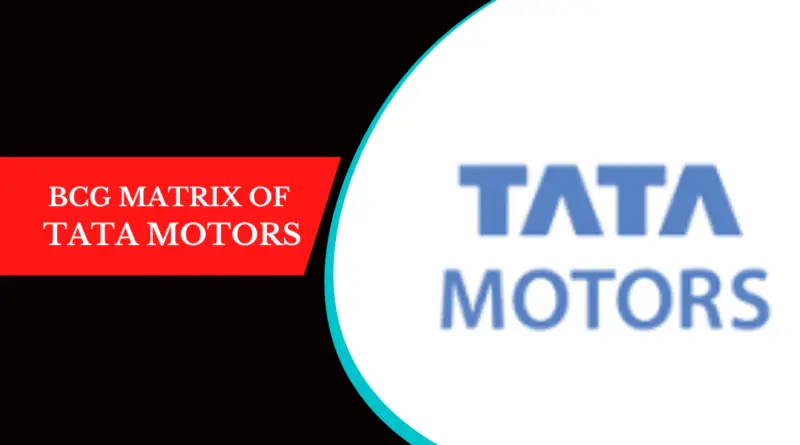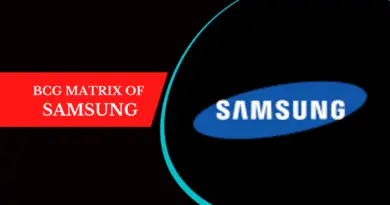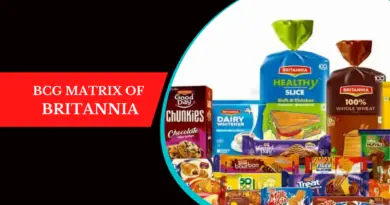A Strategic Analysis of Tata Motors using the BCG Matrix
The BCG Matrix is a powerful strategic management tool that helps businesses evaluate their product portfolio and make informed decisions about resource allocation. In this blog post, we will conduct a comprehensive analysis of Tata Motors, one of India’s leading automotive manufacturers, using the BCG Matrix. By classifying Tata Motors’ products into different categories, we can gain insights into their market position, growth potential, and strategic priorities.
Overview of Tata Motors
Tata Motors is a subsidiary of the Tata Group, one of India’s largest conglomerates. The company has a diverse product portfolio, including passenger cars, commercial vehicles, and electric vehicles. With a presence in over 175 countries, Tata Motors has established itself as a global player in the automotive industry. However, like any other company, Tata Motors faces challenges in managing its product portfolio and identifying areas for growth. This is where the BCG Matrix comes into play.
Understanding the BCG Matrix
The BCG Matrix, developed by the Boston Consulting Group, is a two-dimensional matrix that classifies a company’s products or business units into four categories: Stars, Question Marks, Cash Cows, and Dogs. These categories are based on two dimensions: market growth rate and market share. Stars represent products with high market share in high-growth markets, Question Marks are products in high-growth markets with low market share, Cash Cows are products with high market share in low-growth markets, and Dogs are products with low market share in low-growth markets.
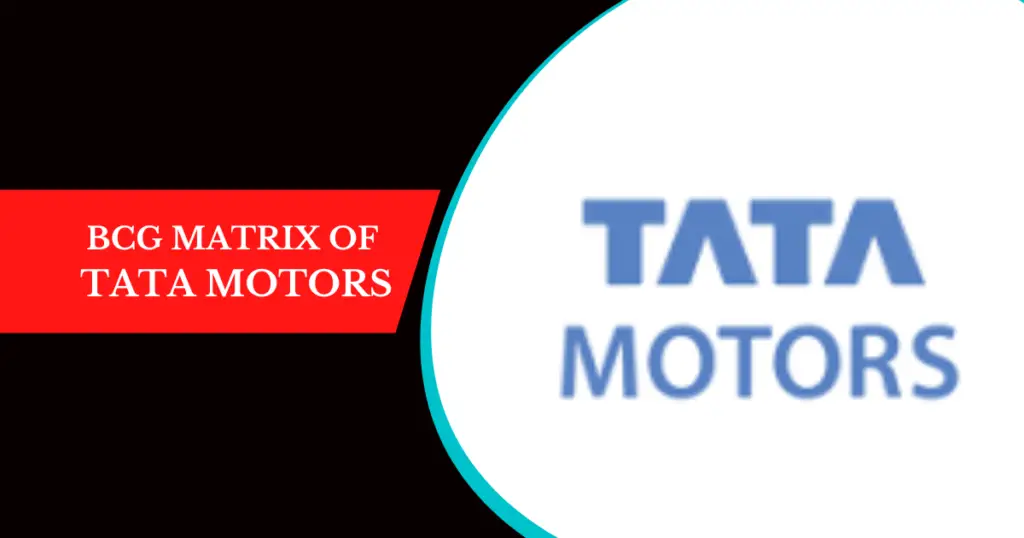
BCG Matrix of Tata Motors
Let’s now analyze Tata Motors’ product portfolio using the BCG Matrix.
Stars
Tata Motors’ stars can be identified as their passenger cars and electric vehicles. These products have gained significant market share in rapidly growing segments, both in domestic and international markets. Tata Motors has made substantial investments in research and development, design, and marketing to position these products as leaders in their respective markets. The company should continue to invest in these stars to maintain their growth and capitalize on the increasing demand for electric vehicles.
Question Marks
In the BCG Matrix, Tata Motors’ question marks can be identified as their commercial vehicles segment. While this segment operates in a high-growth market, Tata Motors faces intense competition from local and international players. The company needs to carefully evaluate the potential of these products and invest in strategic initiatives to increase their market share. This could involve product innovation, expanding into new markets, or forming strategic partnerships to enhance their competitive position.
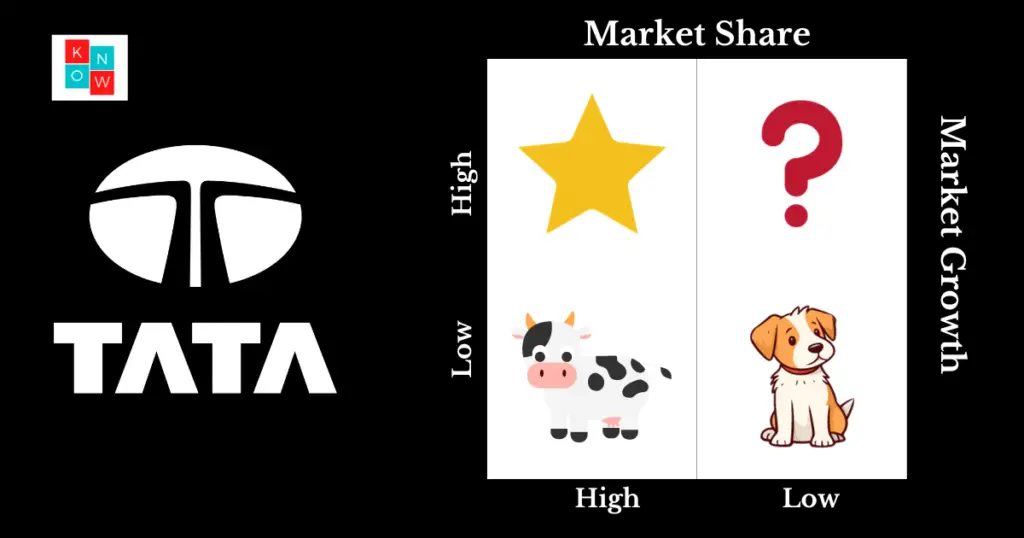
Cash Cows
Tata Motors’ cash cows can be identified as their commercial vehicle exports and their presence in low-growth markets. These products have a significant market share but operate in markets with limited growth potential. Tata Motors should adopt a “harvesting” strategy for these products by focusing on cost optimization, efficient operations, and maximizing profitability. This will ensure that the company continues to generate cash flow from these segments while investing in growth areas.
Dogs
Tata Motors’ dogs can be identified as certain models or segments that have low market share in low-growth markets. These products may no longer be aligned with the company’s strategic priorities. Tata Motors should consider divesting or discontinuing these products to free up resources for more promising opportunities.
Conclusion
The BCG Matrix provides valuable insights into Tata Motors’ product portfolio and helps identify areas for strategic focus. By understanding the market growth rate and market share of their products, Tata Motors can make informed decisions about resource allocation, investment priorities, and product development strategies. The company should continue to nurture its stars, invest in question marks, optimize cash cows, and carefully evaluate and take action on dogs. This strategic approach will enable Tata Motors to maintain its competitive edge and drive sustainable growth in the dynamic automotive industry.
